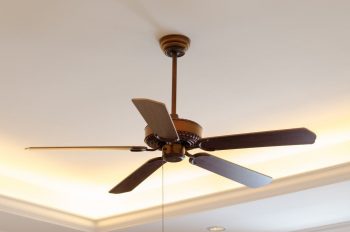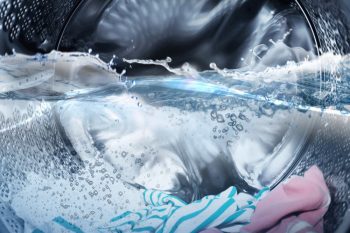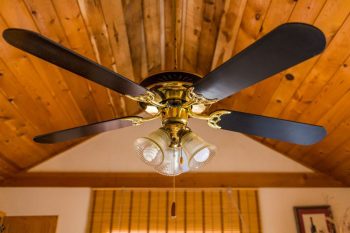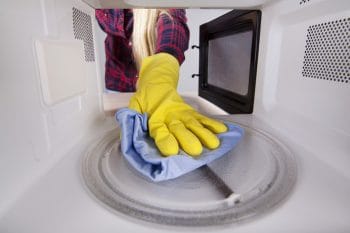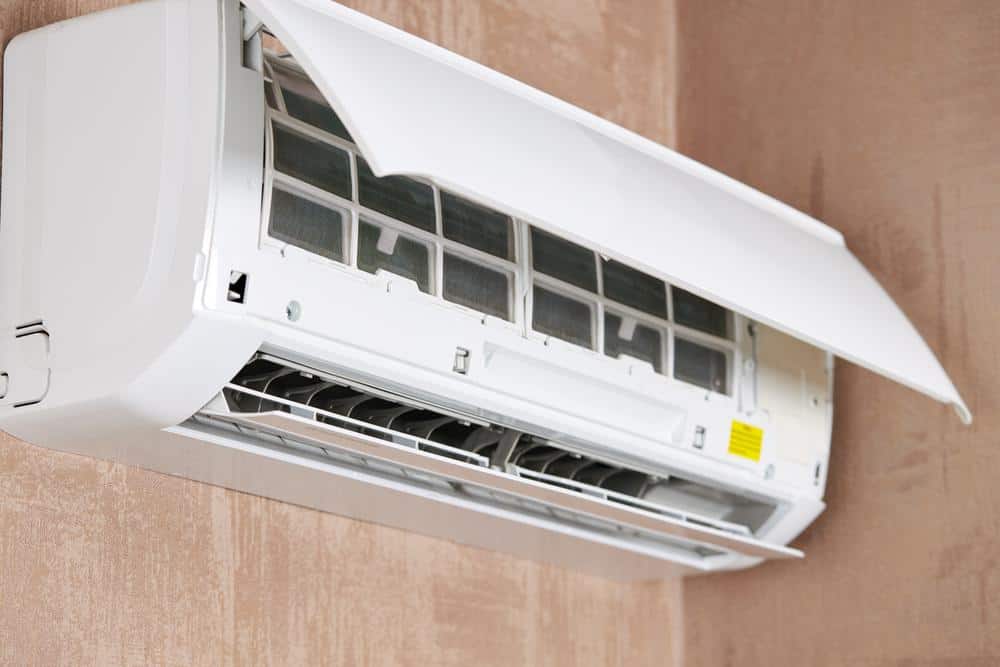
Air conditioning is a necessity for many people, especially in hot climates. However, with concerns about energy efficiency and cost, many homeowners and renters often ask themselves, “Should the fan be on when the AC is on?” To answer this question, we need to delve into several factors, including energy consumption, air circulation, comfort, and the lifespan of these appliances.
Whether or not the fan should be on when the AC is on depends on your specific needs and circumstances. If you want to improve air circulation, reduce hot spots, and maintain a consistent temperature, running the fan and AC simultaneously can be beneficial. However, it can lead to increased energy consumption and more frequent maintenance. For energy conservation, it’s best to set the fan to AUTO mode, so it only operates when the AC is actively cooling.
The Fan and AC Relationship: An Overview
To understand the relationship between the fan and the AC, we first need to distinguish between the two primary fan settings on your AC unit: AUTO and ON.
In AUTO mode, the fan operates only when the AC is actively cooling the air. This mode is considered more energy-efficient, as the fan operates only when necessary, reducing energy consumption and wear and tear on AC components.
On the other hand, setting the fan to ON mode means it will run continuously, even when the AC is not actively cooling. This can increase energy consumption and wear on the fan motor. However, there are some benefits to having the fan on constantly, such as improved air circulation and filtration, which can be helpful for people with allergies.
Benefits of Running a Fan and an AC Simultaneously
Running a fan and an AC simultaneously can provide several benefits, including improved air circulation, energy efficiency, and enhanced indoor comfort.
Improved air circulation: When you run a fan alongside an AC, the fan helps distribute the cool air more effectively throughout the room, reducing hot spots and maintaining a consistent temperature.
Energy efficiency: Combining your AC with a ceiling fan allows you to set your thermostat at a higher temperature, reducing energy consumption and shrinking your energy bill. According to the Department of Energy, you can reduce your cooling costs by 10% by turning up your thermostat by 7-10 degrees from its usual setting for 8 hours a day.
Enhanced indoor comfort: Your air conditioner provides cooling and reduces humidity, while your ceiling fans create a nice breeze. This combination is a great way to beat the summer heat and humidity and increase indoor comfort.
Drawbacks of Having the Fan On When the AC is On
While there are several benefits to running the fan and AC simultaneously, there are also potential drawbacks.
Increased energy consumption: Running the fan continuously can lead to higher energy bills, as it uses more energy than when it operates only when needed.
More frequent maintenance: With the fan running constantly, the air filters may need to be replaced more often due to increased air circulation. Additionally, the fan may wear out faster, requiring more frequent maintenance or replacement.
Inefficient humidity removal: In areas with high humidity, running the fan continuously may lead to inefficient humidity removal and could cause mold growth. In such cases, it is better to run the AC fan on “Auto” mode.
Expert Tips for Optimizing the Usage of a Fan and AC Together
To optimize the usage of a fan and AC together, follow these expert tips:
- Use the fan mode in your AC during mild weather, humidity control, and energy conservation.
- Pair your AC with a ceiling fan to enhance the AC’s efficiency by evenly distributing the cooled air.
- Set your thermostat at a higher temperature when using a ceiling fan, which reduces energy consumption.
- Make sure your ceiling fan is running counterclockwise to improve AC efficiency.
In summary, using a fan with your AC can be more beneficial in specific situations, as it can improve air circulation, reduce energy costs, enhance comfort, and maintain better AC health. While there are potential drawbacks to running the fan continuously, with proper use and maintenance, this combination can be a viable option for many homeowners and renters.
Frequently Asked Questions
What is the difference between a ceiling fan and the fan in my AC unit?
The fan in your AC unit is responsible for circulating air over the cooling coil, whereas a ceiling fan circulates air around the room. The AC fan is part of the HVAC system, while a ceiling fan is a standalone appliance installed on the ceiling of a room.
Can running a fan and AC simultaneously damage either of the units?
Not necessarily. As long as both units are properly maintained and used correctly, running a fan and AC simultaneously should not cause any damage. However, if the AC fan is constantly running, it could lead to faster wear and tear.
How often should I replace my air filters if I am running the fan continuously?
The frequency of air filter replacement depends on various factors such as the quality of your air filters, the amount of dust and allergens in your home, and the usage of your HVAC system. Generally, it’s recommended to check your air filters every month and replace them every 3 months. However, if you’re running the fan continuously, you may need to replace them more frequently.
Does the fan consume a lot of energy when it’s running continuously?
While a fan does consume energy, it’s significantly less than an air conditioning unit. However, running the fan continuously does increase energy consumption compared to when it operates only when the AC is cooling.
Is it better to use the fan or the AC when the weather is mild?
During mild weather, it might be more energy-efficient to use the fan mode on your AC or use a ceiling fan, as they can provide a comfortable breeze without the need for intense cooling.

